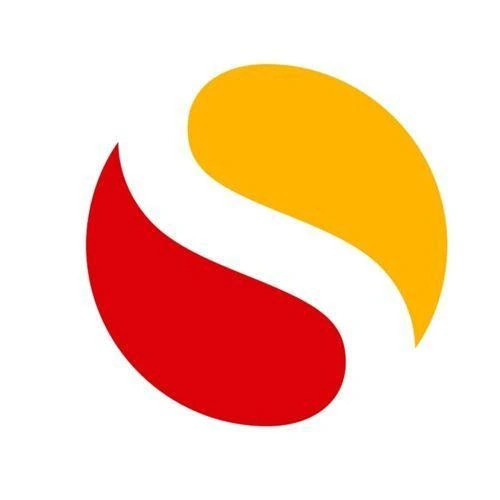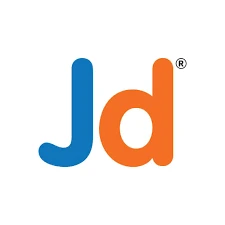|| Graphic Design & Multimedia Course in Surat
The Graphic Design & Multimedia Course in Surat offers a comprehensive curriculum designed to provide students with the essential skills and knowledge to succeed in the graphic design and multimedia industry. Focusing on both the creative and technical sides of design, this course covers critical areas such as design principles, typography, color theory, and layout. Students will also learn to create visually compelling content for digital and print media, gaining the necessary expertise to express ideas effectively through design. Whether you’re new to design or looking to refine your skills, this course is perfect for anyone eager to enter the dynamic design world.
Throughout the classes, students work with industry-standard software like Adobe Illustrator, Photoshop, InDesign, CorelDraw, and Adobe Animate CC. The training emphasizes the practical application of these tools in creating vector graphics, photo editing, digital illustrations, 2D animation, and layout design. As students advance through the course, they gain a deeper understanding of motion graphics, interactive media, and digital imagery. Hands-on projects and assignments enable students to build their portfolios and refine their skills, preparing them for the real-world challenges of the design industry.
By completing the Multimedia Course in Surat, students earn a certification that validates their proficiency in design and multimedia production. This certification is a valuable asset for those looking to enter the job market or advance their careers in the creative sector. It demonstrates a strong command of design software and techniques, making graduates attractive candidates for design roles in advertising agencies, media production houses, or freelance opportunities.
In addition to gaining practical skills, the Graphic Design & Multimedia Course in Surat also helps students develop a professional portfolio that showcases their best work. With expert guidance and access to the latest tools, students gain insights into current trends in design, which will help them stay ahead in the competitive job market. As the course concludes, students will be prepared to take on diverse roles, ranging from graphic designers and multimedia artists to motion graphic designers and digital marketers.



 4.8 (21,636) reviews
4.8 (21,636) reviews


 Read more
Read more 
